- No products in the cart.
Amikacin powder for solution for injection 1g vial 1 piece
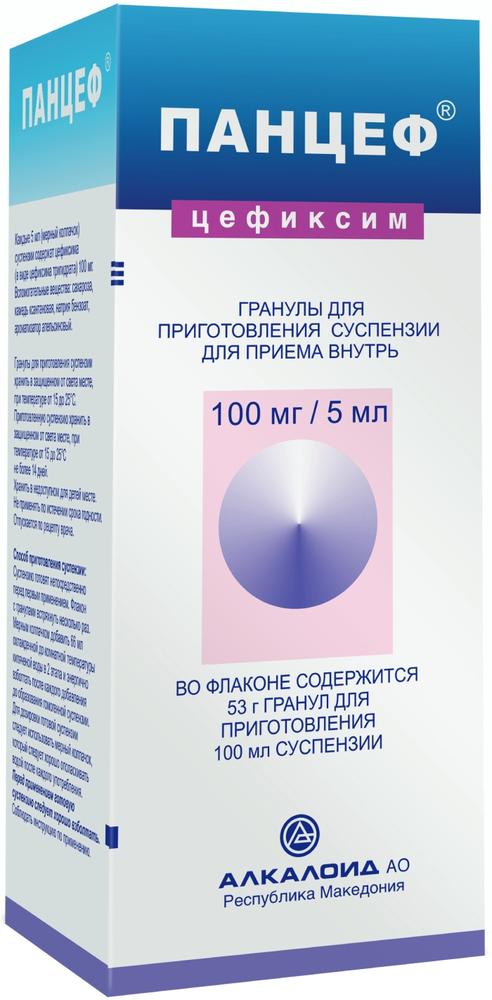
Pantsef prig.suspenzii granules for oral 53g 100mg / 5ml 100ml alkaloid
$14.93
Chloramphenicol 250mg tab 10 pc
$0.52
$1.45
Amikacin powder for solution for injection 1g vial 1 piece
SKU: 01245302259 Categories: Antibiotics, Antibiotics, antimicrobial, antiparasitic, Medicaments Tags: amikacin, SYNTHESIS
Description
Composition
Active substance:
1 vial contains: amikacin sulfate (in terms of amikacin) – 1000 mg.
Product form:
powder for solution for intravenous and intramuscular injection of 1000 mg of amikacin in vials of 10 ml capacity. 1, 5, 10 vials with instructions for use placed into packs of cardboard. 50 vials of 5 the instructions for use are placed in cardboard boxes for delivery to hospitals.
Contraindications
Hypersensitivity (including to other. Aminoglycosides history), neuritis of the acoustic nerve, severe chronic renal failure with azotemia, and uremia, pregnancy.
Precautions – myasthenia gravis, Parkinson’s disease, botulism (aminoglycosides may cause disruption of neuromuscular transmission, resulting in further weakening of skeletal muscle), dehydration, kidney failure, neonatal period, premature babies, elderly age, lactation.
Dosage
1 g
Indications
Infectious and inflammatory diseases caused by gram-negative microorganisms (resistant to gentamicin, sisomicin and kanamycin) or associations of gram-positive and gram-negative microorganisms: respiratory infections (bronchitis, pneumonia, empyema, lung abscess), sepsis, bacterial endocarditis, central nervous system infections (CNS ) (including meningitis), abdominal infections (including peritonitis), urinary tract infection (pyelonephritis, cystitis, urethritis), purulent skin and soft tissue infections (including infect ated burns, infected ulcers and bed sores of various origins), biliary tract infections, bone and joints (including osteomyelitis), wound infection, postoperative infection.
Interaction with other drugs
Pharmaceutically compatible with penicillins, heparin, cephalosporins, capreomycin, amphotericin B, hydrochlorothiazide, erythromycin, nitrofurantoin, vitamin B and C, potassium chloride. Exhibits synergistic interaction with Carbenicillin, benzylpenicillin, cephalosporins (in patients with severe chronic renal failure when combined with beta-lactam antibiotics may decrease the effectiveness of aminoglycosides). Nalidixic acid, polymyxin B, vancomycin and cisplatin increases the risk of Oto-and nephrotoxicity. Diuretics (especially furosemide), cephalosporins, penicillins, sulfonamides, and nonsteroidal anti-inflammatory drugs, competing for active secretion into tubules of the nephron, block elimination aminoglycosides, increase their concentration in the blood serum, reinforcing nephrotoxicity and neurotoxicity. Muscle relaxant action strengthens curariform preparations. Methoxyflurane, polymyxins for parenteral administration, capreomycin and other drugs that block neuromuscular transmission (halogenated hydrocarbons as preparations for inhalation anesthesia, opioid analgesics), transfusion of large amounts of blood to citrate preservatives increase the risk of respiratory arrest. Parenteral administration of indomethacin increases the risk of toxic effects of aminoglycosides (increase in half-life and reduced clearance). Antimiastenicheskih reduces the effect of drugs.
Overdose
Symptoms: The toxic effects (hearing loss, ataxia, dizziness, disorders of urination, thirst, loss of appetite, nausea, vomiting, ringing or a sensation of laying in the ears, respiratory failure).
Treatment: for lifting of the blockade of the neuromuscular transmission and its consequences – hemodialysis or peritoneal dialysis; anticholinesterases, calcium (Ca2 +), mechanical ventilation, other symptomatic and supportive therapy.
pharmachologic effect
Pharmacological group:
Antibiotic – aminoglycoside.
Pharmacodynamics:
Semi-synthetic broad-spectrum antibiotic, bactericidal effect. Communicating with the 30S ribosome subunit, preventing the formation and transport of messenger RNA complex, blocks protein synthesis, but also destroys the cytoplasmic membrane of bacteria. Highly active against aerobic Gram-negative organisms – Pseudomonas aeruginosa, Escherichia coli, Klebsiella spp, Serratia spp, Providencia spp, Enterobacter spp, Salmonella spp, Shigella spp .;….. some gram-positive bacteria – Staphylococcus spp. (Incl penicillin-resistant, some cephalosporins); moderately active against Streptococcus spp. When concomitant administration with benzylpenicillin has a synergistic effect against Enterococcus faecalis strains. No effect on the anaerobic microorganisms. Amikacin loses activity under the action of enzymes, inactivating al., Aminoglycosides, and may remain active against Pseudomonas aeruginosa strains resistant to tobramycin, gentamicin and netilmicin.
Pharmacokinetics:
After intramuscular (i / m) is absorbed rapidly and completely. The maximum concentration (Cmax) at / m administration of 7.5 mg / kg – 21 mg / ml, 30 min after i / v infusion of 7.5 mg / kg – 38 mg / ml. The time to reach maximum concentration (Tcmax) – about 1.5 h after the / m. Relationship to plasma proteins – 4-11%. It is well distributed in the extracellular fluid (the contents abscess, pleural effusion, ascites, pericardial, synovial, peritoneal fluid and lymph); found in high concentrations in the urine; in low – in bile, breast milk, eye aqueous humor, bronchial secretions, sputum, and cerebrospinal fluid (CSF). It penetrates into all tissues of the body, which accumulates intracellularly; High concentrations are found in organs with a good blood supply: the lungs, liver, myocardium, spleen, and especially in the kidneys, which accumulates in the cortex, the lower concentrations – in muscle, adipose tissue, and bones. When administered in doses sredneterapevticheskih (normal) adult amikacin does not penetrate through the blood-brain barrier (BBB), inflammation of the meninges permeability increases slightly. In newborns reached higher concentrations in the CSF than in adults; passes through the placenta – it is found in blood and fetal amniotic fluid. The volume of distribution in adults – 0.26 L / kg in children – 0.2-0.4 l / kg, neonatal – at least 1 week of age and weighing less than 1500 g – to 0.68 l / kg, aged at least 1 week and body weight over 1500 g – up to 0.58 l / kg, in patients with cystic fibrosis – 0.3-0.39 l / kg. The average therapeutic concentration at the in / or the / m is maintained for 10-12 hours. Not metabolized. The half-life (T1 / 2) in adults – 2-4 hours, neonatal – 5-8 hours, older children – 2.5-4 h Endpoint value T1 / 2 -. More than 100 hours (release from intracellular stores). Excreted by the kidneys by glomerular filtration (65-94%) is preferably in the unmodified form. Renal clearance – 79-100 ml / min. T1 / 2 in adults with impaired renal function varies depending on the degree of – up to 100 hours, in patients with cystic fibrosis – 1-2 hours, in patients with burns and hyperthermia T1 / 2 can be shortened as compared with the average due to increased clearance of . Displayed in hemodialysis (50% in 4-6 hours), peritoneal dialysis is less effective (25% for 48-72 hours).
Conditions of supply of pharmacies
On prescription.
side effects
From the digestive system: nausea, vomiting, abnormal liver function (increased activity of “liver” transaminases, hyperbilirubinemia). From the side of blood: anemia, leukopenia, granulocytopenia, thrombocytopenia. From the nervous system: headache, drowsiness, neurotoxic effects (muscle twitching, numbness, tingling, seizures), impaired neuromuscular transmission (cessation of breathing). From the senses: ototoxicity (hearing decrease, vestibular labyrinth and disorders, deafness irreversible), the toxic effect on vestibular apparatus (discoordination movements, dizziness, nausea, vomiting). From the urinary system: renal toxicity – renal dysfunction (oliguria, proteinuria, microscopic hematuria). Allergic reactions: skin rash, itching, flushing of the skin, fever, angioedema. Local: pain at injection site, dermatitis, phlebitis and periphlebitis (when administered intravenously).
special instructions
Before applying the determined sensitivity pathogens isolated from the discs containing 30 mg of amikacin. When the diameter of the free zone of 17 mm height and a microorganism is considered sensitive, from 15 to 16 mm – moderately sensitive, less than 14 mm – stable. The concentration of amikacin in the plasma should not exceed 25 mg / ml (therapeutic concentration is 15-25 mg / ml).
In the period of treatment should be at least 1 time per week to monitor renal function, the auditory nerve and the vestibular apparatus. The probability of nephrotoxicity was higher in patients with impaired kidney function, and also at high doses and for a long time (in this category of patients may require daily monitoring of renal function). When poor audiometric test dose reduce or discontinue treatment.
Patients with infectious and inflammatory diseases of the urinary tract is recommended to take an increased amount of liquid. In the absence of positive clinical dynamics should be aware of the possibility of the development of resistant organisms. In such cases it is necessary to cancel the treatment and start appropriate therapy.
If there is evidence of life is a preparation can be used in lactating women (aminoglycosides penetrate into breast milk in small amounts, however, they are poorly absorbed from the gastrointestinal tract and associated complications have been recorded in infants).
Storage conditions
In a dry, dark place at a temperature not higher than 25 ° C. Keep out of the reach of children.
Dosing and Administration
V / m in / in (jet, for 2 minutes, or drip), adults and children over 6 years – 5 mg / kg every 8 hours or 7.5 mg / kg every 12 hours; bacterial urinary tract infections (uncomplicated) – 250 mg every 12 hours; additional dose can be administered after hemodialysis – 3-5 mg / kg.
The maximum dose for adults – 15 mg / kg / day, but not more than 1.5 g / day for 10 days.
Duration of treatment with on / in the introduction – 3-7 days, with the / m – 7-10 days.
Preterm infants initial dose – 10 mg / kg, followed by 7.5 mg / kg every 18-24 hours; infants and children 6 years of the initial dose – 10 mg / kg, followed by 7.5 mg / kg every 12 hours for 7-10 days.
Patients with burns may require a dose of 5-7.5 mg / kg every 4-6 hours in connection with a shorter T1 / 2 (1-1.5 h) in these patients.
For the / m using a solution prepared by adding the contents of the vial 4.5 ml water for injections.
Intravenously administered amikacin infusion over 30-60 minutes, in case of need – struino
For on / in the (jet) is used a solution prepared by adding the contents of the vial 4.5 ml water for injection or 0.9% sodium chloride solution or 5% dextrose solution.
For in / administration (infusion) the contents of the vial are dissolved in 200 ml of 5% dextrose or 0.9% sodium chloride solution.
amikacin concentration in the solution to / v administration should not exceed 5 mg / ml.
Information
Appearance may differ from that depicted in the picture. There are contraindications. You need to read the manual or consult with a specialist
Additional information
| Weight | 0.100 kg |
|---|---|
| Manufacturer | SYNTHESIS |

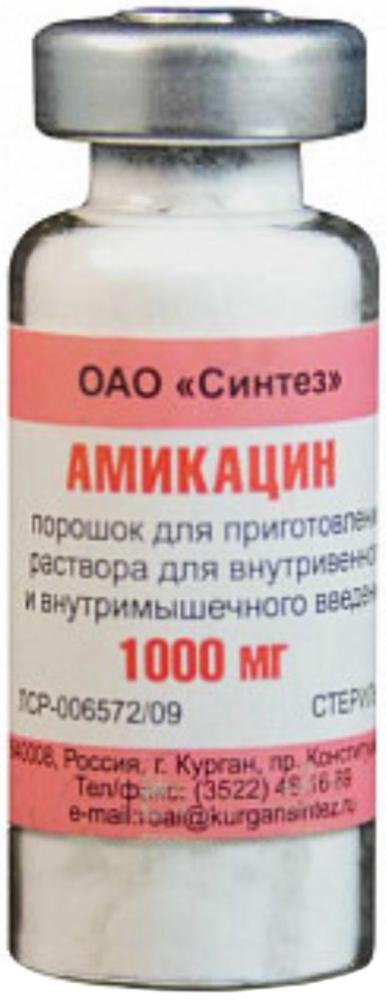
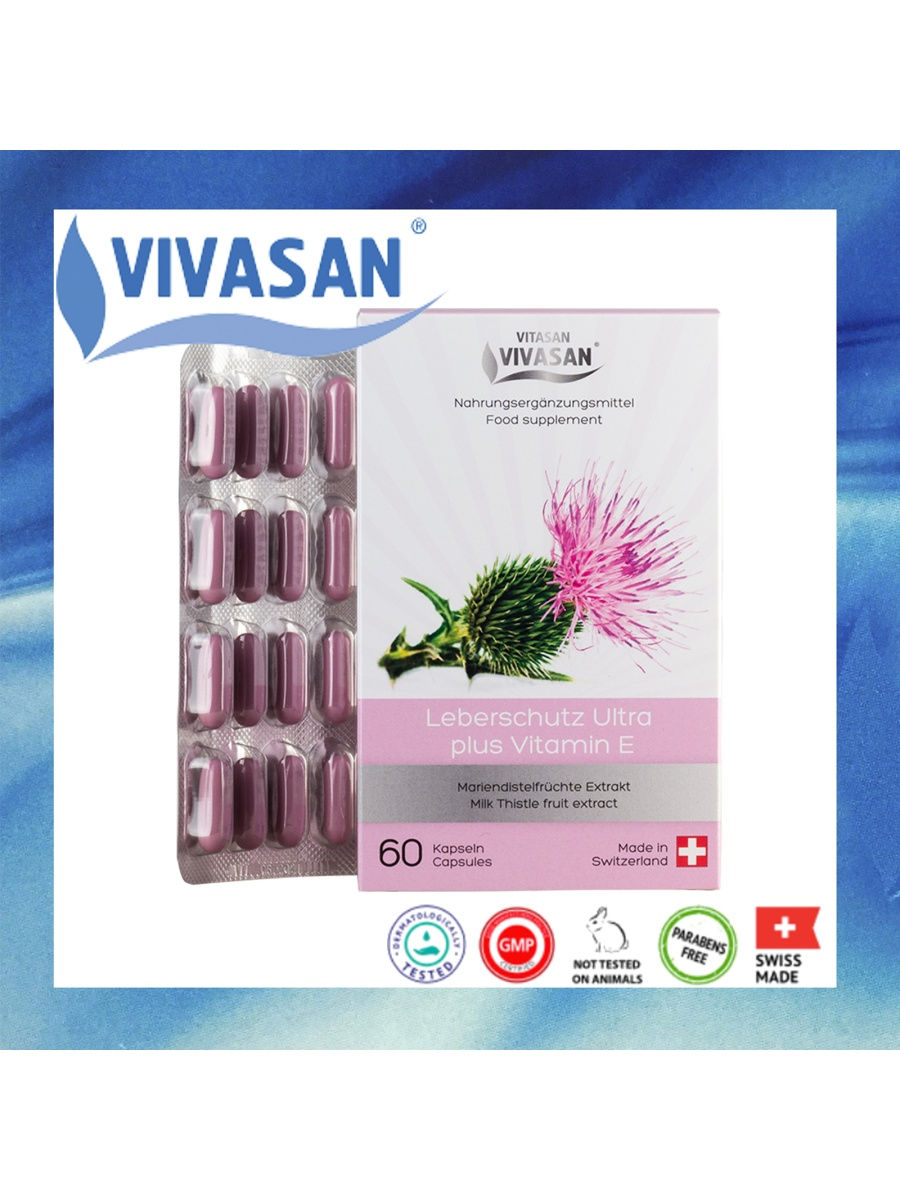
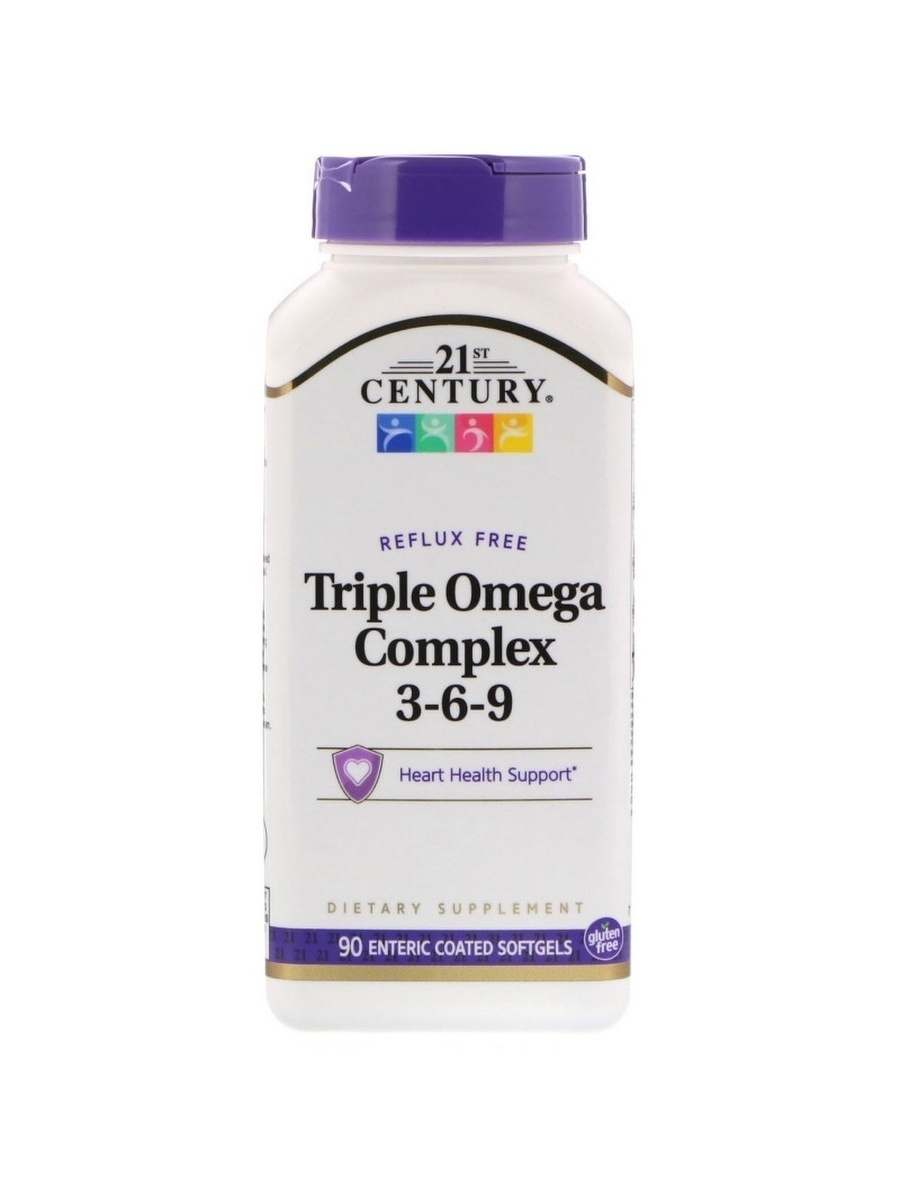
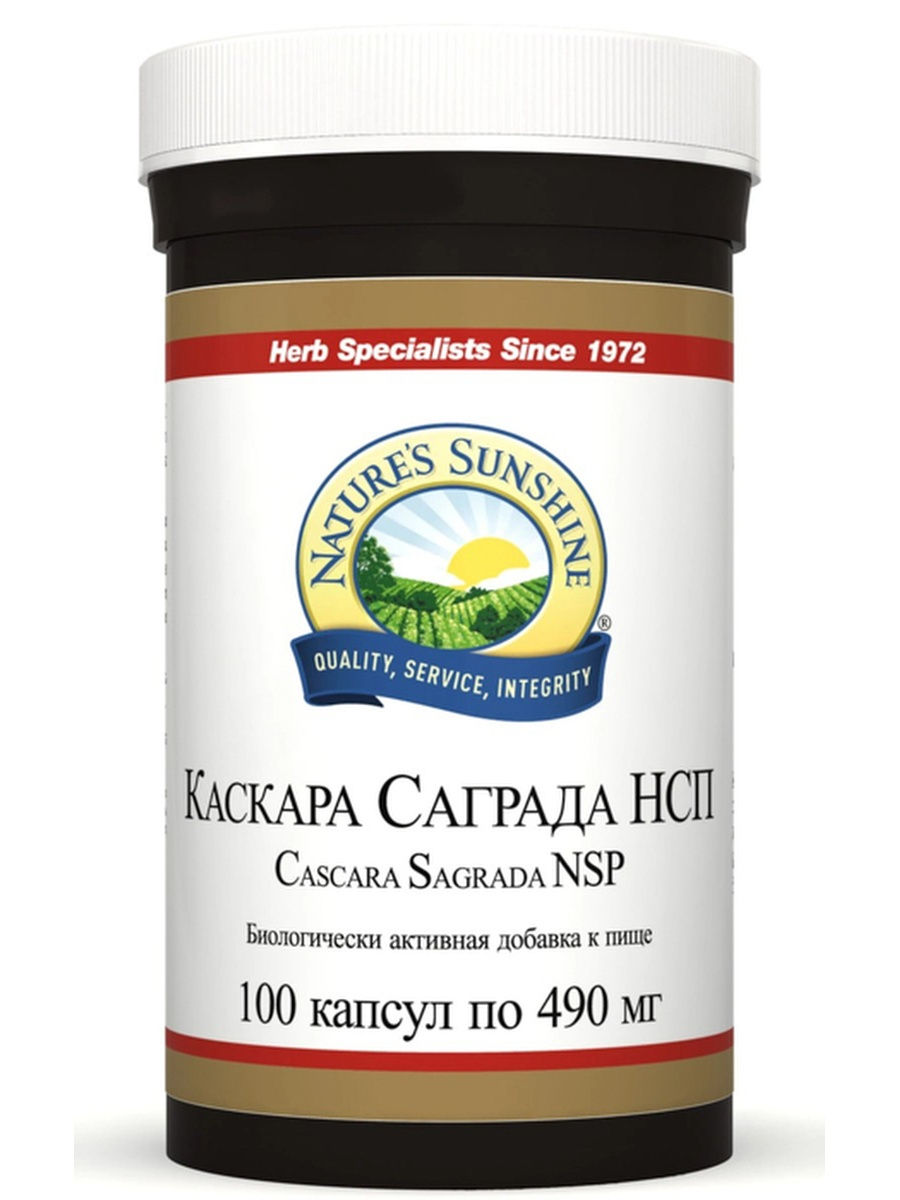
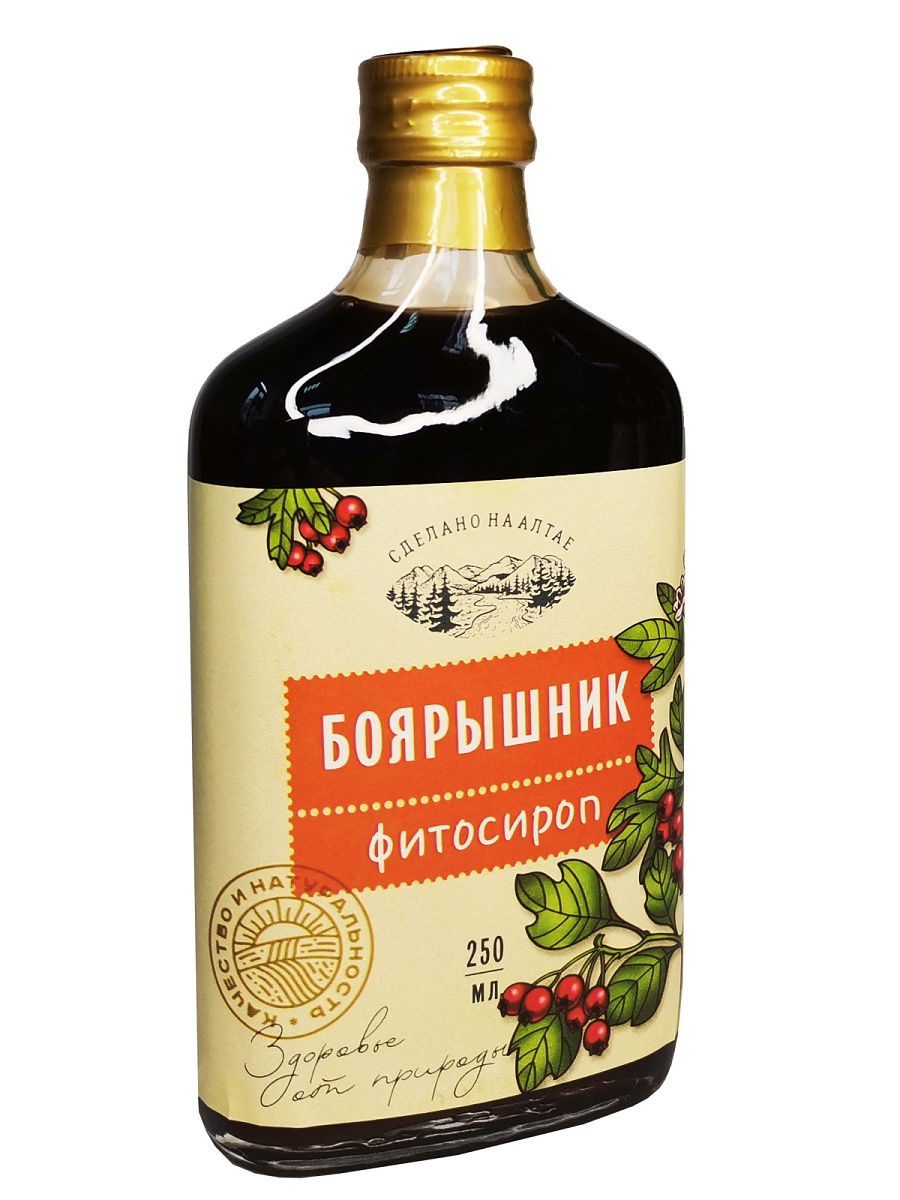
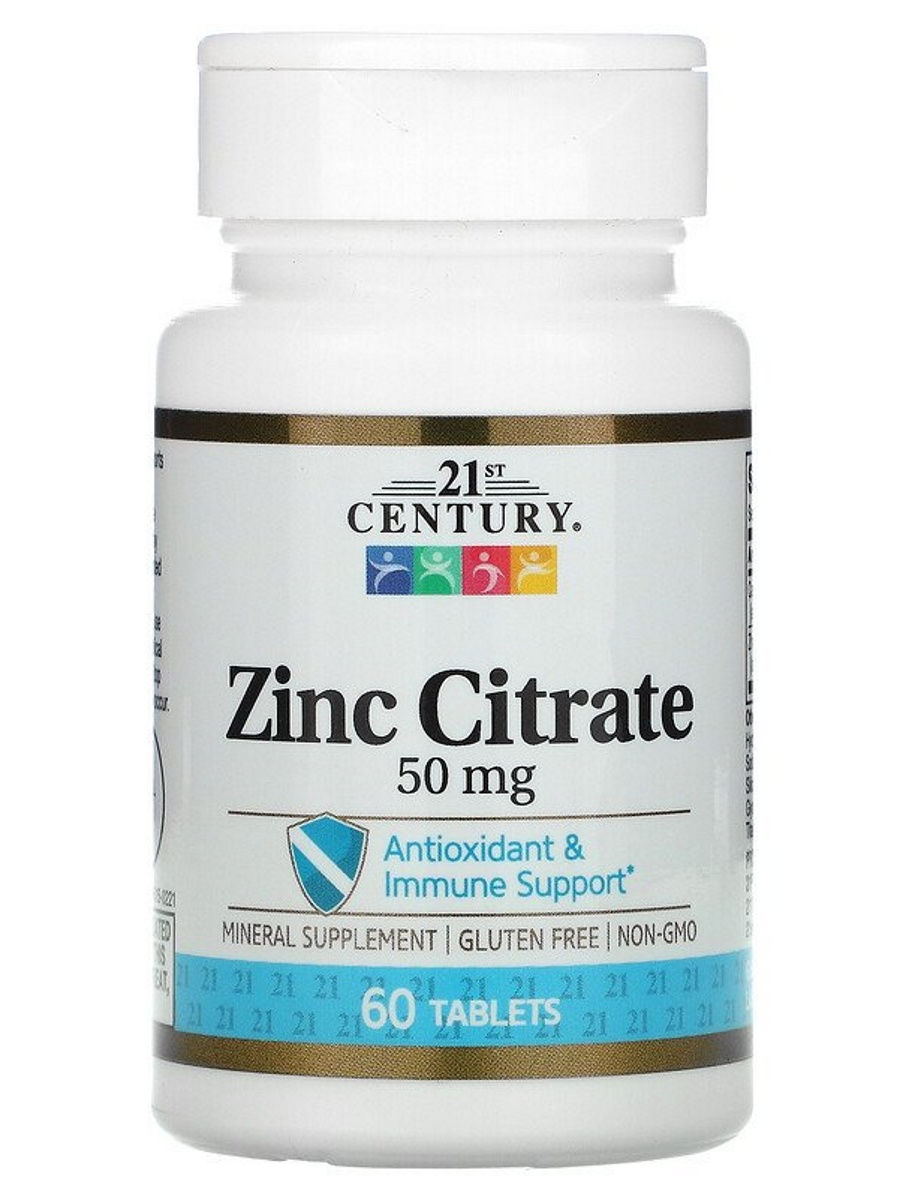





There are no reviews yet.